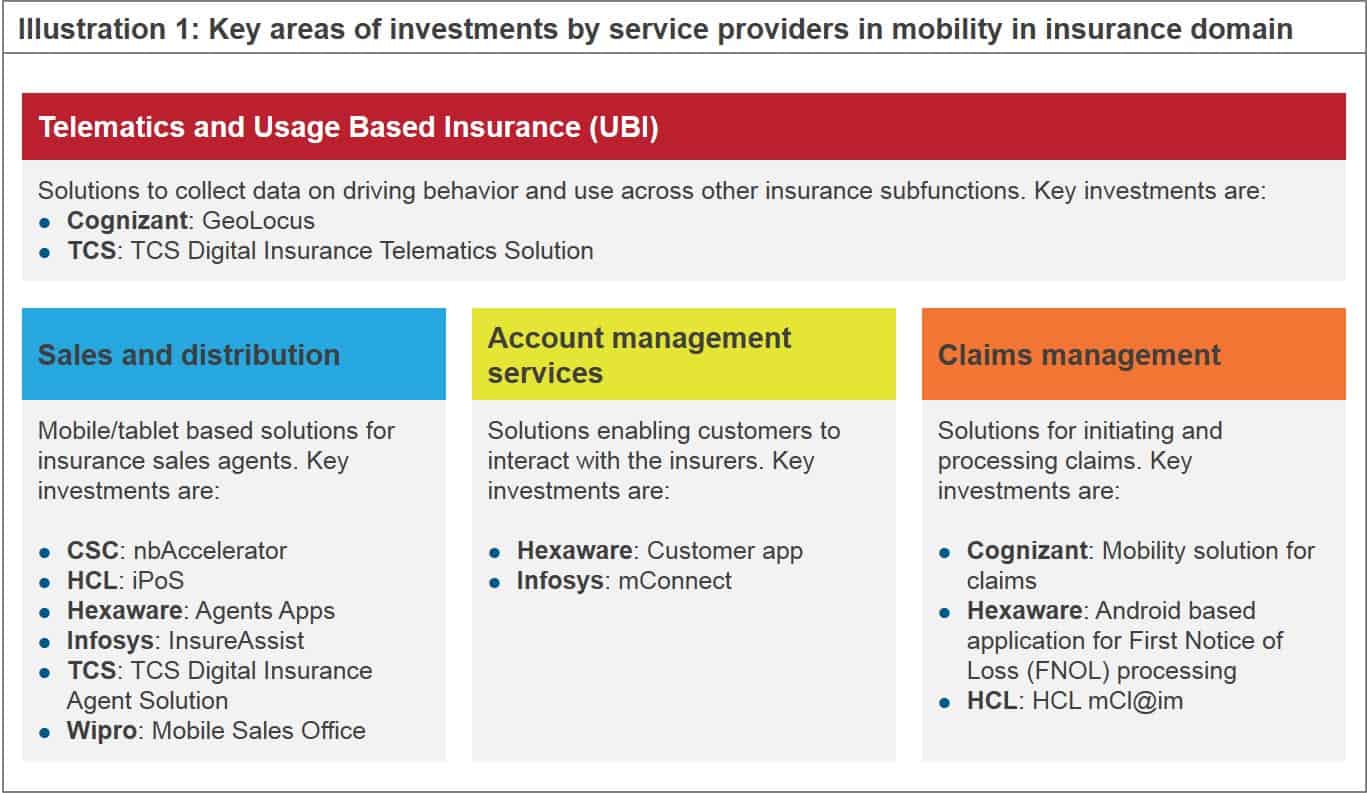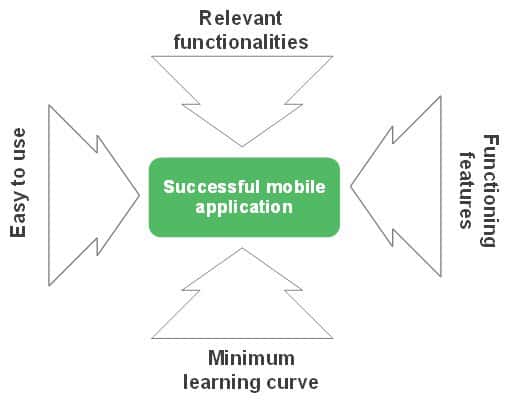CSC-HCL Partnership – A Big Deal or Much Ado About Nothing? | Gaining Altitude in the Cloud
On January 15, rival IT service providers CSC and HCL made an announcement that they were joining hands to deliver application modernization services. The partnership entails modernizing legacy applications (the HCL angle) and hosting them on cloud platforms (the CSC slant). CSC and HCL will open delivery centers in Bangalore and Chennai as part of this alliance, with a CoE for banking, and will share equally all revenues and costs of these operations.
The announcement sounds a lot like the one from Accenture and Dell a month ago where the two companies teamed up along similar lines. Read the release here. So what makes the CSC and HCL announcement more interesting? For starters, the simple fact that it is not the announcement we were anticipating (or were made to believe). The anticipation was for a broader alliance for infrastructure services, which would have had far significant implications on the supply landscape.
In reality, the announcement is not that big of a deal.
In our opinion this is more of a sales and marketing alliance versus a strategic re-alignment. But since it did catch our attention, here’s a brief analysis:
So why is this important?
Our research on cloud services shows that buyers place a high value on application modernization. While clients acknowledge the value of cloud adoption in order to transform their operating models and save costs, cloud-incompatible legacy applications limit the ability to harness this value. But oftentimes they are reluctant to make significant monetary investments for this pursuit and are looking for self-funding mechanisms. CSC and HCL, exploring mutual synergies, will theoretically be able to lower the risks and costs for clients transitioning to the cloud.
How does it benefit CSC and HCL?
CSC will get an additional channel for its cloud platform (BizCloud, a private cloud offering for the enterprise) and gain access to HCL’s offshore delivery capabilities in applications services. Also, this alliance will enable CSC to offer Proof of Concept (PoC) for its cloud platform to its clients at a lower price, something not feasible earlier with its U.S.-centric workforce.
For HCL, the alliance promises to:
- Strengthen its presence in the financial services sector to match up with peers (HCL currently gets only 26% of revenues from BFSI, which is lower than that of its larger peers)
- Boost its applications services business, which has been struggling for a while (infra business is driving growth) and position it well for potential downstream maintenance work
- Allow it to offer a complete modernization solution across the application and infrastructure stack
Interestingly, CSC and HCL have been rivals traditionally with HCL being highly vocal about being a “replacement” for the likes of CSC. Like shrewd warring factions, CSC may have just married its enemy, turning it into an ally. The alliance likely enables CSC to not only protect its market share but also offer a compelling alternate proposition, to existing and new clients.
Key questions that this alliance raises
- CSC has been aggressively investing in augmenting its cloud and big data capabilities. The company, already a leading provider of cloud services will now be able to offer these services at a much reduced cost. Is there a possibility of market disruption?
- Will HCL Technologies continue to be platform-agnostic with respect to its cloud offerings? Can there be a clause for an exclusive CSC-HCL partnership? We think there is little likelihood of this scenario, but it will be interesting to see how HCL manages demand for competing cloud platforms including IBM, Force.com, Rackspace
- Will HCL be demanding a premium price from some of its traditional buyers as it gains access to CSC’s strong technological competency and knowledge of transformational solutions?
- The alliance will enable HCL to augment its capabilities for application-related services, bringing it in head-on competition with the likes of TCS and Cognizant. So far HCL’s USP was its infrastructure management capabilities. Will the combination create a formidable competitor among the offshore majors?
- Will the two rivals be successful in scaling up this alliance? How will the enterprise buyers react to this changed dynamic?
It is still too early to answer any of these questions. But one thing is clear – cloud and next-gen IT certainly create some strange bedfellows.


